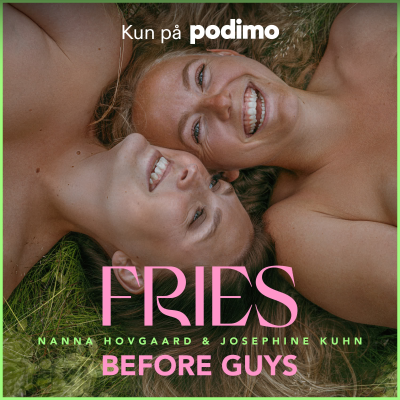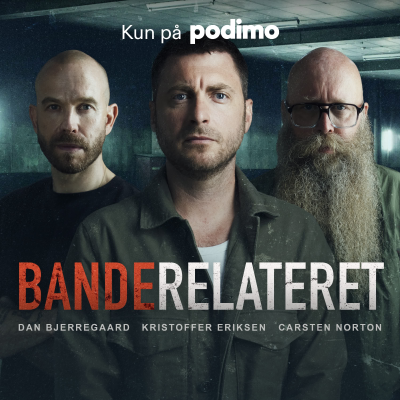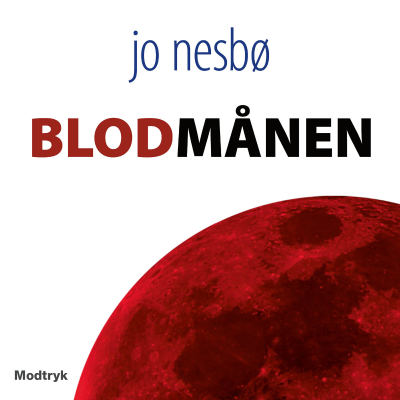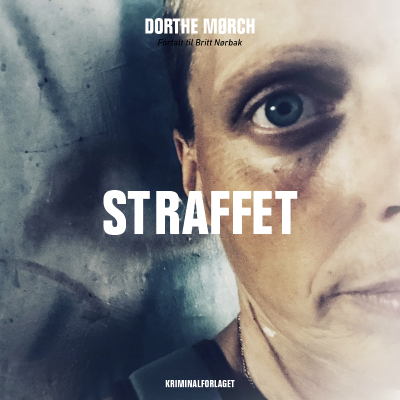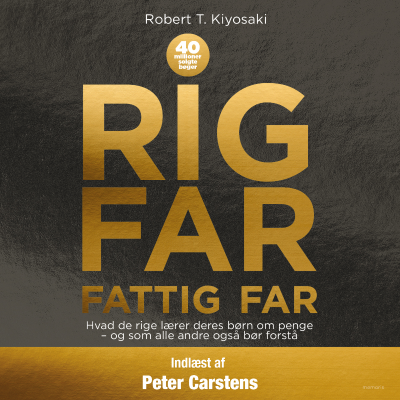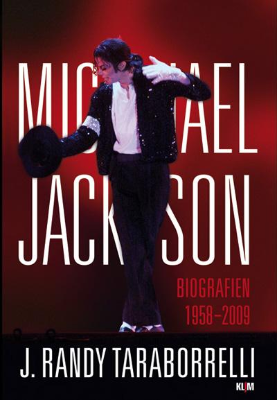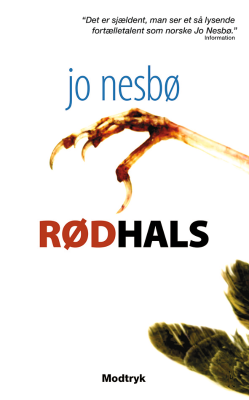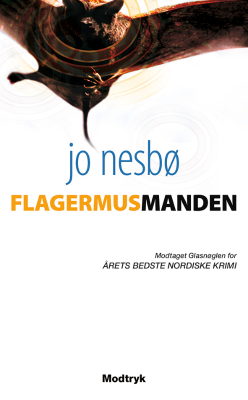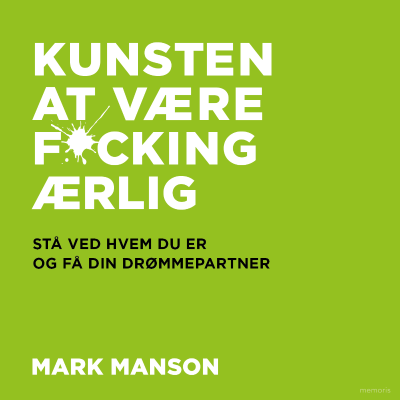
Short Wave
engelsk
Videnskab & teknologi
Begrænset tilbud
1 måned kun 9 kr.
Derefter 99 kr. / månedOpsig når som helst.
- 20 lydbogstimer pr. måned
- Podcasts kun på Podimo
- Gratis podcasts
Læs mere Short Wave
New discoveries, everyday mysteries, and the science behind the headlines — in just under 15 minutes. It's science for everyone, using a lot of creativity and a little humor. Join hosts Emily Kwong and Regina Barber for science on a different wavelength.If you're hooked, try Short Wave Plus. Your subscription supports the show and unlocks a sponsor-free feed. Learn more at plus.npr.org/shortwave
Alle episoder
295 episoderNo, Raccoons Aren’t Pet-Ready (Yet)
Dogs are man’s best friend. And it’s no secret that we at Short Wave love cats (Regina has four)! Both of these iconic pets have been domesticated – evolved and adapted to live alongside humans – for millennia. And a recent study [https://pubmed.ncbi.nlm.nih.gov/41039604/] suggests that the common raccoon may be on its first steps towards joining them. So how do scientists look for signs of domestication and what do those signs mean? And could you have a litter box trained raccoon in your lifetime? We talk to the study’s lead author, Raffaela Lesch [https://ualr.edu/news/expert/raffaela-lesch/], to find out. Interested in more animal science stories? Email us your question at shortwave@npr.org [shortwave@npr.org]. Listen to every episode of Short Wave sponsor-free and support our work at NPR by signing up for Short Wave+ at plus.npr.org/shortwave [http://plus.npr.org/shortwave]. Learn more about sponsor message choices: podcastchoices.com/adchoices [https://podcastchoices.com/adchoices] NPR Privacy Policy [https://www.npr.org/about-npr/179878450/privacy-policy]
GLP-1 Pills Are On The Way. Here's What To Know
You may have heard of Ozempic, and other GLP-1 drugs. They’re everywhere. And they typically involve weekly injections — which can have a sticker price of over a thousand dollars a month. And insurance coverage has been tricky to navigate for a lot of people. That’s why there’s a lot of excitement around a new pill form of the drug. NPR Pharmaceuticals Correspondent Sydney Lupkin [https://www.npr.org/people/825275572/sydney-lupkin]chats about these experimental pills with host Emily Kwong [https://www.npr.org/people/767284140/emily-kwong]. Check out more of NPR’s coverage [https://www.npr.org/2025/11/25/nx-s1-5619816/obesity-pills-wegovy-semaglutide-orforglipron]about GLP-1s. Interested in more health stories? Email us your question at shortwave@npr.org [shortwave@npr.org]. Listen to every episode of Short Wave sponsor-free and support our work at NPR by signing up for Short Wave+ at plus.npr.org/shortwave [http://plus.npr.org/shortwave]. Learn more about sponsor message choices: podcastchoices.com/adchoices [https://podcastchoices.com/adchoices] NPR Privacy Policy [https://www.npr.org/about-npr/179878450/privacy-policy]
The Indicator: Take A Penny, Leave A Penny, Get Rid Of The Penny
In November, the U.S. stopped production of the humble penny after 232 years in circulation. On today’s show, Darian Woods and Wailin Wong from NPR's daily economics podcast The Indicator unpack the fiscal math that doomed the penny, and an artist pay tribute to this American icon. Follow the Indicator on Apple Podcasts [https://podcasts.apple.com/podcast/1320118593?mt=2&at=11l79Y&ct=nprdirectory] or Spotify [https://open.spotify.com/show/4X3yDKgVTWRjSd6r0vhgo4]. View more of Robert Wechsler’s artwork here [https://robertwechsler.com/]. Listen to every episode of Short Wave sponsor-free and support our work at NPR by signing up for Short Wave+ at plus.npr.org/shortwave [http://plus.npr.org/shortwave]. Listen to Short Wave on Spotify [https://n.pr/3HOQKeK] and Apple Podcasts [https://n.pr/3WA9vqh]. Learn more about sponsor message choices: podcastchoices.com/adchoices [https://podcastchoices.com/adchoices] NPR Privacy Policy [https://www.npr.org/about-npr/179878450/privacy-policy]
"A Very, Very Big Deal." Countries Take On Fossil Fuels
Many countries are frustrated with U.N. climate conferences. While some countries urgently want to transition away from fossil fuels — the main driver of global warming — others are blocking that language from climate agreements. Today on the show, Emily talks with Julia Simon [https://www.npr.org/people/1119646476/julia-simon] from NPR’s climate desk. She takes us to Brazil and introduces us to a group of countries that are trying something new. Interested in more science and climate related news? Email us your question at shortwave@npr.org [shortwave@npr.org]. Listen to every episode of Short Wave sponsor-free and support our work at NPR by signing up for Short Wave+ at plus.npr.org/shortwave [http://plus.npr.org/shortwave]. Learn more about sponsor message choices: podcastchoices.com/adchoices [https://podcastchoices.com/adchoices] NPR Privacy Policy [https://www.npr.org/about-npr/179878450/privacy-policy]
Could Architecture In Space Make A Greener Earth?
Humankind has the technology to go to space. Space architect Ariel Ekblaw [https://www.media.mit.edu/people/aekblaw/overview/] says the bottleneck now is real estate: getting larger volumes of space stations in orbit. Her company is working on the equivalent of giant, magnetic space Legos—hexagons that could self-assemble in space into livable, workable structures. This episode, host Regina G. Barber [https://www.npr.org/people/1082526815/regina-g-barber] talks to her about this space architecture and why she says that the goal isn’t to abandon Earth–but to off-world industries like agriculture and manufacturing in order to build a better Earth. If you liked this episode, check out our Space Camp series [https://www.npr.org/series/g-s1-3299/short-wave-space-camp]. Interested in more space tech episodes? Email us your question at shortwave@npr.org [shortwave@npr.org]. Listen to every episode of Short Wave sponsor-free and support our work at NPR by signing up for Short Wave+ at plus.npr.org/shortwave [http://plus.npr.org/shortwave]. Learn more about sponsor message choices: podcastchoices.com/adchoices [https://podcastchoices.com/adchoices] NPR Privacy Policy [https://www.npr.org/about-npr/179878450/privacy-policy]
Vælg dit abonnement
Begrænset tilbud
Premium
20 timers lydbøger
Podcasts kun på Podimo
Gratis podcasts
Opsig når som helst
1 måned kun 9 kr.
Derefter 99 kr. / måned
Premium Plus
100 timers lydbøger
Podcasts kun på Podimo
Gratis podcasts
Opsig når som helst
Prøv gratis i 7 dage
Derefter 129 kr. / month
1 måned kun 9 kr. Derefter 99 kr. / måned. Opsig når som helst.
